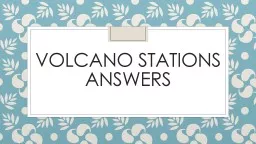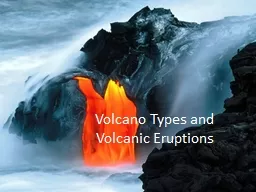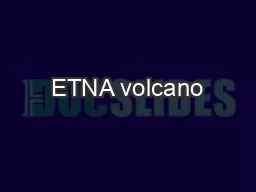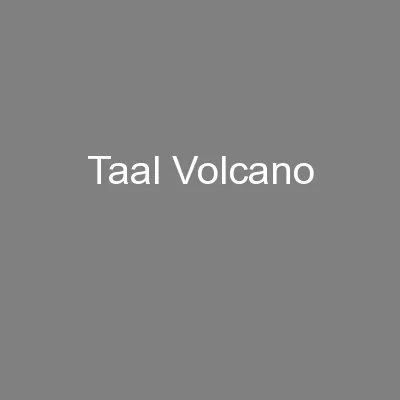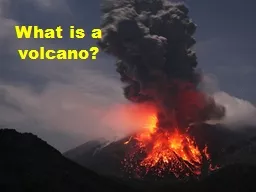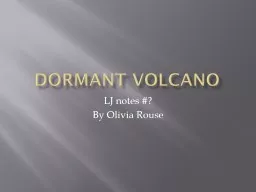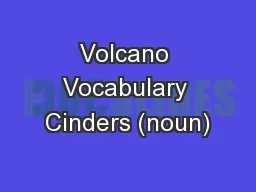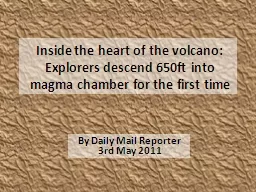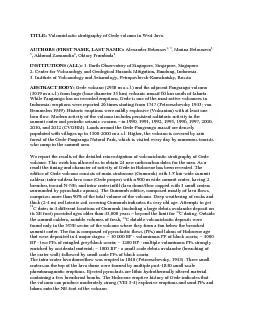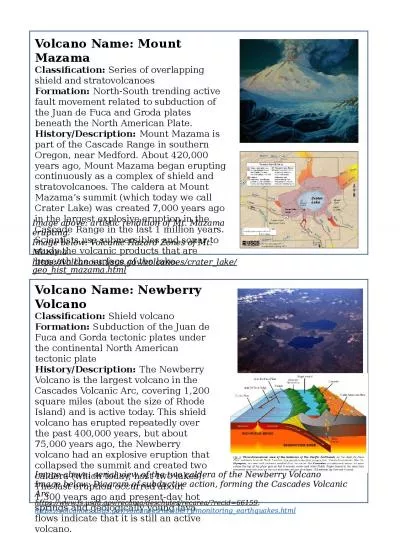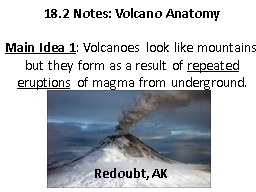PPT-Volcano Stations Answers
Author : cleverfan | Published Date : 2020-10-22
Station 1 A volcano is a place where magma reaches the surface due to its lower density A volcano is a window into the earths interior They allow us to study material
Presentation Embed Code
Download Presentation
Download Presentation The PPT/PDF document "Volcano Stations Answers" is the property of its rightful owner. Permission is granted to download and print the materials on this website for personal, non-commercial use only, and to display it on your personal computer provided you do not modify the materials and that you retain all copyright notices contained in the materials. By downloading content from our website, you accept the terms of this agreement.
Volcano Stations Answers: Transcript
Download Rules Of Document
"Volcano Stations Answers"The content belongs to its owner. You may download and print it for personal use, without modification, and keep all copyright notices. By downloading, you agree to these terms.
Related Documents

